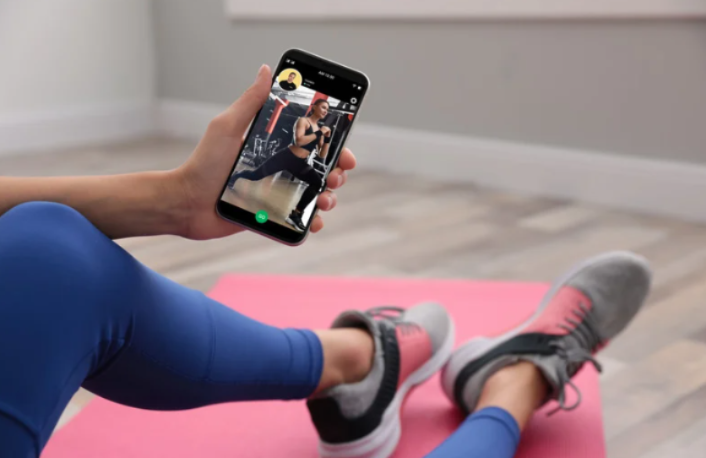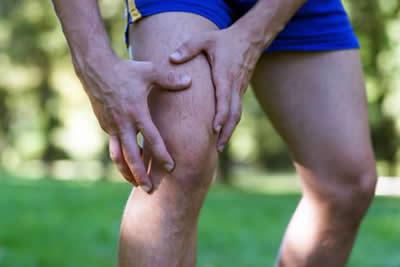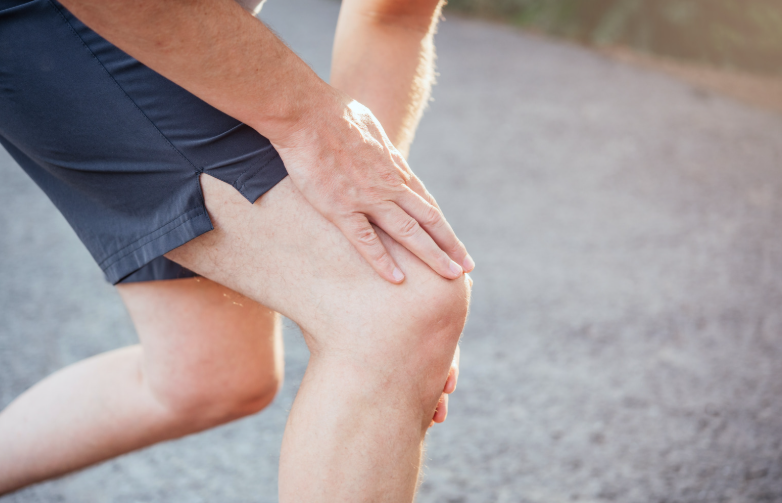
65) How AI and Physiotherapy Are Transforming Rehab in 2025
AI and physiotherapy are reshaping recovery in 2025. From apps to wearables, digital tools are making rehab smarter, faster, and more personalised. In this blog, we’ll explore how technology is improving treatment outcomes, share a local success story, and explain why patients in Frenchs Forest are choosing AI-driven physiotherapy. Ready to accelerate your recovery? Let’s get started.
The Rise of AI and Physiotherapy
Physiotherapy has always been grounded in hands-on care and clinical expertise. But in 2025, AI and physiotherapy are combining to offer more accurate assessments, personalised exercise plans, and better recovery tracking.
Why AI in Physiotherapy Matters
- Personalisation: AI adapts treatment plans to your unique recovery stage.
- Accessibility: Rehab apps put physiotherapy in your pocket.
- Data-driven insight: AI can spot weaknesses and risks even before you feel pain.
- Engagement: Apps and wearables keep patients consistent and motivated.

How AI Is Enhancing Physiotherapy
Artificial Intelligence is playing a powerful role in several areas of physiotherapy care:
- Assessment: Motion sensors and AI-powered cameras can identify subtle movement deficits.
- Treatment Planning: AI systems recommend exercise progressions based on your progress.
- Tracking & Adjustments: Smart platforms notify physiotherapists if your exercises need modification.
This means patients now benefit from faster, more targeted recovery compared to traditional methods alone. When finding a physiotherapist to work with, it is important to consider if the company are keeping up to date with the latest technology on the market to efficiently treat your injury.

Physiotherapy Apps: Your Recovery Companion
Apps are bridging the gap between in-clinic sessions and at-home rehab. At X Physio, we integrate AI and physiotherapy apps to keep patients engaged every day.
Key features include:
- Daily reminders to keep you on track.
- Video demonstrations to improve technique.
- Progress tracking so you can see improvements.
- Telehealth integration for check-ins without leaving home.
Patients often say using a physiotherapy app feels like having their physio with them 24/7.

Wearables and AI: Real-Time Recovery Support
AI and physiotherapy are also merging through wearable technology. Devices can now track:
- Step counts and distances walked
- Posture and movement quality
- Heart rate during exercise
- Sleep quality for recovery support
This data is shared with physiotherapists, allowing for evidence-based decisions and motivating progress. We specifically like to use pedometres when we rehab any lower limb tendon injuries. They come in handy as we can calculate the exact amount of load in a given day which can determine our patient’s walking capacity and keep within the desired load. To learn more about tendon injuries CLICK HERE.

Real-Life Patient Success Story
Recently, we worked with Sarah, a 38-year-old from Oxford Falls near Frenchs Forest NSW, who came to our clinic with knee pain after a netball injury. She’d tried rest, but the pain kept returning.
We combined hands-on physiotherapy treatment with a rehab app powered by AI features that reminded her of exercises, tracked progress, and provided feedback. Sarah also shared wearable data so we could fine-tune her plan. Sarah especially appreciated our use of this App because she was travelling for work for one month and we were able to upgrade the exercises whilst she was away so no time was wasted on her rehab journey.
Eight weeks later, Sarah was back playing netball pain-free, stronger, and more confident. She said the blend of AI and physiotherapy kept her motivated and accountable.
Benefits of AI and Physiotherapy
- Consistency: Apps keep you on track with daily rehab.
- Personalisation: AI ensures exercises match your stage of recovery.
- Faster Results: Data-driven adjustments speed up return to activity.
- Confidence: Patients feel supported between clinic visits.
- Engagement: Recovery becomes interactive and rewarding.
Challenges of AI in Physiotherapy
While AI and physiotherapy are a powerful combination, digital tools are not a substitute for expert care. Manual therapy, clinical judgement, and human connection remain essential. Technology should always complement—not replace—the physiotherapist’s expertise.
The Future of AI and Physiotherapy
We’re only at the beginning. Expect to see:
- Virtual reality rehab for immersive recovery exercises.
- AI-powered injury prevention detecting risks before they happen.
- Greater telehealth integration for patients across rural Australia.
At X Physio, we’re excited to keep blending human expertise with the best of AI and physiotherapy to help our patients in Frenchs Forest and beyond achieve faster, more reliable recoveries.
FAQs: AI and Physiotherapy
Q1: Are AI and physiotherapy tools safe to use for recovery?
Yes—when supervised by a qualified physiotherapist. AI and apps support your rehab journey but don’t replace professional treatment.
Q2: Do I still need to come into the clinic if I use a physiotherapy app?
Definitely. Apps are a supplement, but in-clinic sessions provide manual therapy, assessments, and exercise progressions.
Q3: How does AI personalise my physiotherapy plan?
AI analyses your progress and adapts exercises, while your physio ensures everything remains safe and effective.
Q4: What if I’m not confident with technology?
No worries! We’ll show you how to use the app. Most platforms are designed to be simple and user-friendly.
Q5: Does your Frenchs Forest clinic use AI and physiotherapy apps?
Yes—we use a mix of apps, AI insights, and wearable data to support our patients’ recovery and keep them motivated.
References
- PhysiApp – Guided Exercise Programs
- AI in Physiotherapy Research – Frontiers in Rehabilitation Sciences
- Australian Physiotherapy Association – Digital Health
Give us a call today on 9806 3077, or book online, just CLICK HERE.
{
“@context”: “https://schema.org”,
“@type”: “FAQPage”,
“mainEntity”: [
{
“@type”: “Question”,
“name”: “Are AI and physiotherapy tools safe to use for recovery?”,
“acceptedAnswer”: {
“@type”: “Answer”,
“text”: “Yes—when supervised by a qualified physiotherapist. AI and apps support your rehab journey but don’t replace professional treatment.”
}
},
{
“@type”: “Question”,
“name”: “Do I still need to come into the clinic if I use a physiotherapy app?”,
“acceptedAnswer”: {
“@type”: “Answer”,
“text”: “Definitely. Apps are a supplement, but in-clinic sessions provide manual therapy, assessments, and exercise progressions.”
}
},
{
“@type”: “Question”,
“name”: “How does AI personalise my physiotherapy plan?”,
“acceptedAnswer”: {
“@type”: “Answer”,
“text”: “AI analyses your progress and adapts exercises, while your physio ensures everything remains safe and effective.”
}
},
{
“@type”: “Question”,
“name”: “What if I’m not confident with technology?”,
“acceptedAnswer”: {
“@type”: “Answer”,
“text”: “No worries! We’ll show you how to use the app. Most platforms are designed to be simple and user-friendly.”
}
},
{
“@type”: “Question”,
“name”: “Does your Frenchs Forest clinic use AI and physiotherapy apps?”,
“acceptedAnswer”: {
“@type”: “Answer”,
“text”: “Yes—we use a mix of apps, AI insights, and wearable data to support our patients’ recovery and keep them motivated.”
}
}
]
}



